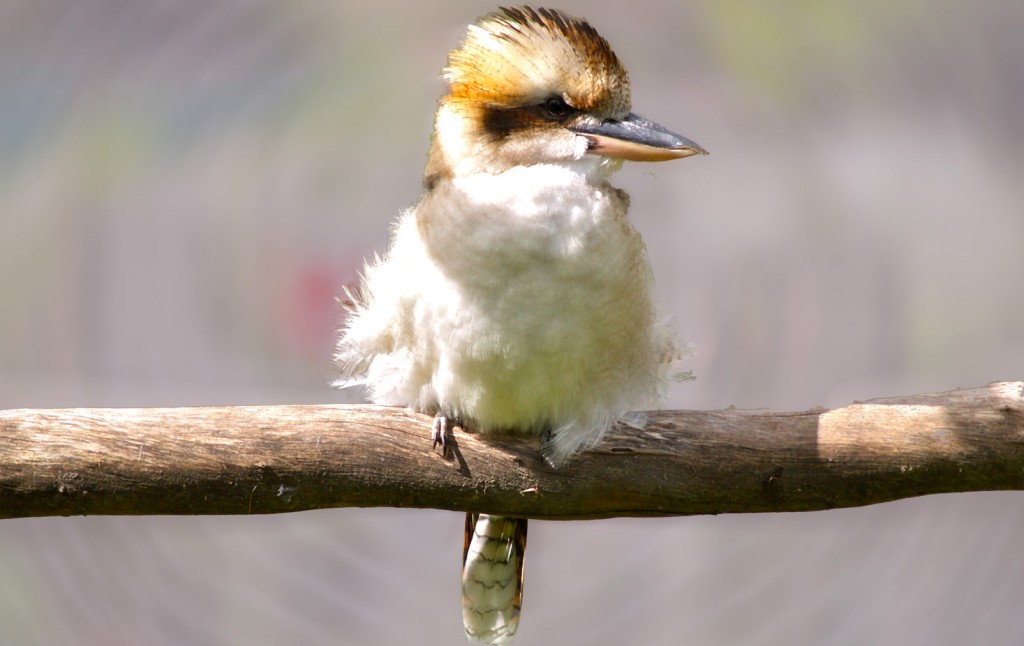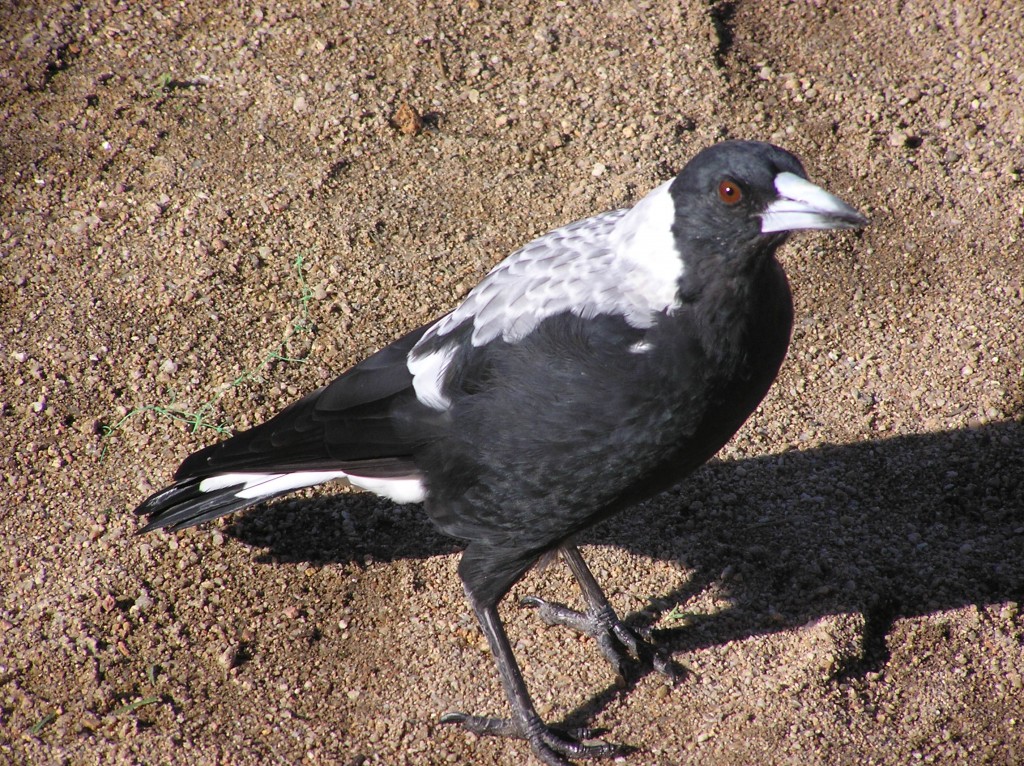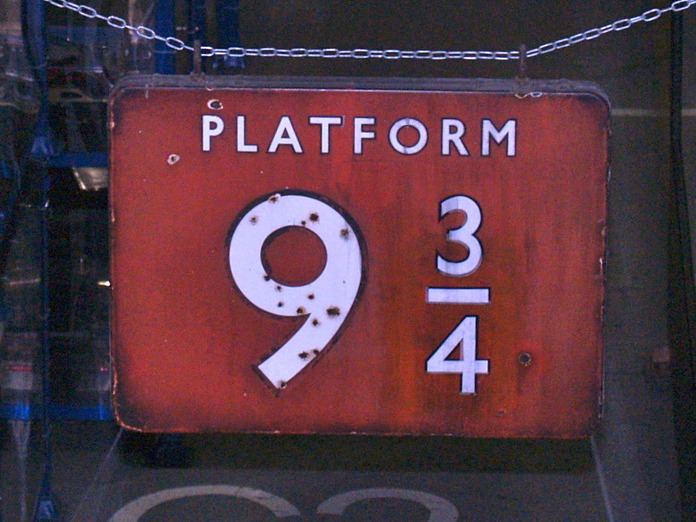Dear Year 4,
How sad a time it was when families had to hide in shelters and hope they and their homes would survive. I've prepared some sound effects from my collection. Let's go on a journey back in time using a little fiction writing. Click on the clips below to hear the sounds (there aren't any moving pictures) then read the words underneath as I tell you a short story.
+ + + + + + + + + + + + + + + + + + + + + + + + + + + + + + + + + + + + + + + + + + + + + + + + + + + + + + + + + + + + +
Mum came running into our rooms at the sound of the air raid siren. She woke Molly and me and told us we had to go to our shelter. Molly insisted on taking her doll.
We stumbled outside. We could hear the sounds of planes approaching in the night sky. Lights from searchlights were already scanning the sky hoping to lock onto one of the planes. We had no time to watch. We had to get to shelter dad had built when he was on leave. He'd made us practise what to do.
Molly was scared, "Are bombs coming again?"
Okay, I was scared too but I didn't want to worry mum. We had our routine. We would try singing some songs and telling stories, anything to try and help us think about good things.
The sounds of bombs started, at first distant but one seemed to hit close. We felt the ground shake and I screamed in surprise. Mum said it was okay, the big one was a long way off. I wasn't so sure.
As we huddled together, the sound of bombs started to fade. We waited for the "all clear" to come. We had no idea how long we had been in the shelter. We didn't even know what time we came in.
With the long sound of the "all clear", we knew it was safe to come out. The sky was already growing light so we knew morning had come. Above we saw some planes but we knew they were ours. They were probably Spitfires or Hurricanes chasing the bombers away.
We went back into our house. Everything was safe, except one of mum's vases. It must have fallen when we felt the ground shake.
We walked out onto the street. Most of our neighbours had done the same. Our street was safe.
In the distance, we could hear the sound of bells from a fire engine. Someone hadn't been so lucky.
+ + + + + + + + + + + + + + + + + + + + + + + + + + + + + + + + + + + + + + + + + + + + + + + + + + + + + + + + + + + + +

































